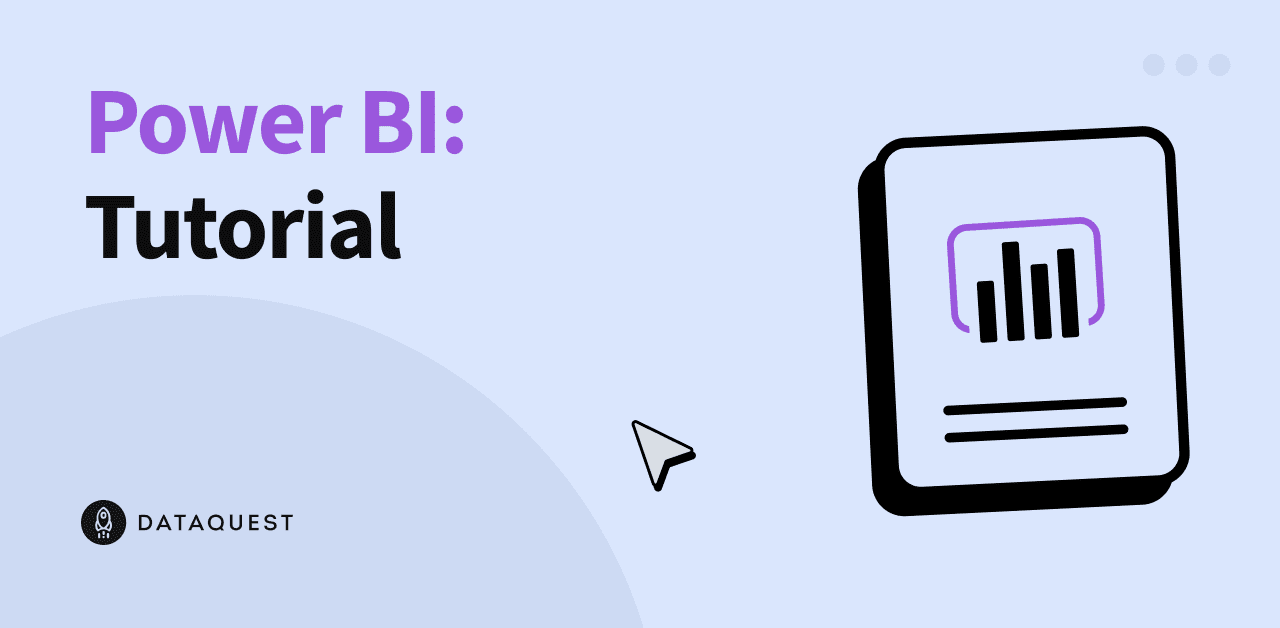Businesses are now closer to utilizing quantum cloud computing, thanks to a recent breakthrough in security and privacy made by Oxford University scientists. The researchers employed a method known as ‘blind quantum computing’ to link two quantum computing entities, simulating the scenario where a user connects remotely to a quantum server via the cloud. This approach ensures that the quantum server provider does not require any information about the computation being performed, thus safeguarding the user’s proprietary work. Additionally, the user can verify the authenticity of their results easily to ensure they are accurate and untampered with.
Quantum cloud computing involves providing quantum resources to users over the internet, allowing access to quantum computing without the need for specialized hardware or expertise. The use of ‘blind quantum computing’ enhances security by enabling the user to control the quantum processor of the server during computation remotely. The client maintains all necessary information to keep data secure, minimizing the risk of exposing proprietary work to the server.
As quantum computing continues to advance, it has the potential to transform various industries by solving complex problems more efficiently than traditional computing methods. The UK government has invested heavily in quantum computing, aiming to create a “quantum-enabled economy” by 2033. Major cloud providers like Google, Amazon, IBM, Microsoft, and Alibaba already offer quantum-as-a-service solutions to corporate clients and researchers.
The recent research conducted by Oxford University focuses on ensuring the privacy and security of customer data in quantum cloud computing. By implementing ‘blind quantum computing’, users can remotely control quantum processors securely, verifying the accuracy of results and minimizing the risk of tampering with sensitive data. This advancement paves the way for the widespread adoption of quantum computing in various industries, offering significant potential for innovation and efficiency improvements.
Source link






















